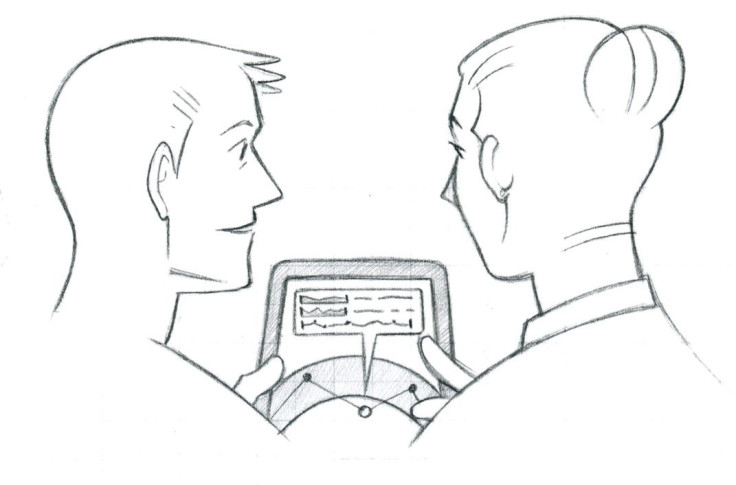Promise Of Electronic Health Records In Medical System Remains Dream Deferred

Although the adoption of electronic health records (EHRs) by a large minority of American doctors has improved patient care with greater corporate efficiencies, clinicians around the country continue to balk at elongated workdays jammed with phone consults and e-mails.
A survey of doctors last March found that 43.5 percent had moved to electronic recordkeeping systems as the United States spent $3.9 billion of the 2009 economic stimulus to incentivize the transition. By last year, these primary care physicians had begun using electronic tools to review testing from radiology, order prescriptions, record clinical notes, and communicate more or less continuously with patients.
Less common, however, were physicians and managed care groups who leveraged the power of aggregate data to assess quality of care or collaborate on research. But a review this year of six diverse medical practices in New York City by researchers at Weill Cornell Medical College found that doctors receiving federal grants for technology and training realized gradual improvements to patient care on an individual level, particularly with regard to cancer screenings and diabetes care.
Yet, the primary sticking point for smaller practice clinicians — the vast majority of American doctors — remains the lack of compensation for longer hours spent on the improved care in the age of iMedicine, according to Tara F. Bishop, an assistant professor who led the study, published in the August issue of the journal Health Affairs.
"Leaders of medical groups that use electronic communication find it to be efficient and effective—they say it improves patient satisfaction and saves time for patients. But many physicians say that while it may help patients, it is a challenge for them," Bishop told reporters. "The lack of compensation is one issue, and another is that unless the practice takes steps to reduce a physician's daily workload of patients, communicating with patients is extra work that makes some doctors feel that their day can never end."
Bishop and her colleagues interviewed leaders and staff members from a total of 21 medical groups, including six “diverse” practices that employed electronic communications extensively. Although far from the average practice (four of the groups employing more than 500 physicians each), the researchers still found a variance in approach among these larger health management companies.
All six practice groups used their electronic systems to interact directly with patients, sending test results and answering follow-up questions, setting appointments, and fulfilling requests for medication refills. Also unlike smaller practices, three of the larger health management groups used nurses, medical assistants, or case managers to assist doctors, triaging patients by e-mail. In the other three, patients were permitted to message their doctors directly, with primary care physicians in the six programs handling a volume of anywhere from five to 50 daily exchanges.
Only one of the practices charged patients for electronic consults, negotiating partial reimbursement from private insurers — just like any other medical outpatient procedure. An annual membership of $60 charged by another group was soon scuttled after competitors declined to go that route.
“We were told that patients loved this model,” Bishop said. “Leaders and frontline providers also said the system was efficient, safe, and helped them provide high-quality care. Physicians also said it was an efficient form of communication for them.”
Overall, the electronic systems provided value-added benefit to medical care, with one glaring caveat.: the systems created more work for doctors complaining of a Sisyphean burden in a day that stretched nearly to eternity.
“One leader said the work never ends,” Bishop said. “It takes a psychological toll on some people — the feeling of never being done.” In at least one case, a doctor reported seeing 10 patients per day in the clinic but communicating with another 50.
The novelty of the newfound venue for doctor-patient communication soon wore thin as insurers refused to pay for services doctors were giving away for free. And greater efficiencies in communications led only to greater numbers of patients, further irking some physicians. In assessing possible solutions to the problem, Bishop and her colleagues said such hiccups in the adoption of EHRs might be cured by team-based care managing electronic workload — as seen in some of the larger practices — or by devising novel ways of compensating doctors, aside from the traditional fee-for-service model.
“Despite the fact that we found experiences with electronic communications were, on the whole, every positive in the groups we studied that we have embraced this technology, we believe the big stumbling block to its widespread use around the country will be compensation,” Bishop said. “Until different payment models emerge, electronic communication is unlikely to be adopted by physician practices.”
Thus, the long-touted promise of EHRs in U.S. health care may take years to realize, with quality improvements a work in progress.
Published by Medicaldaily.com



























